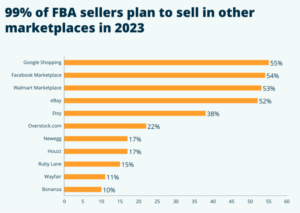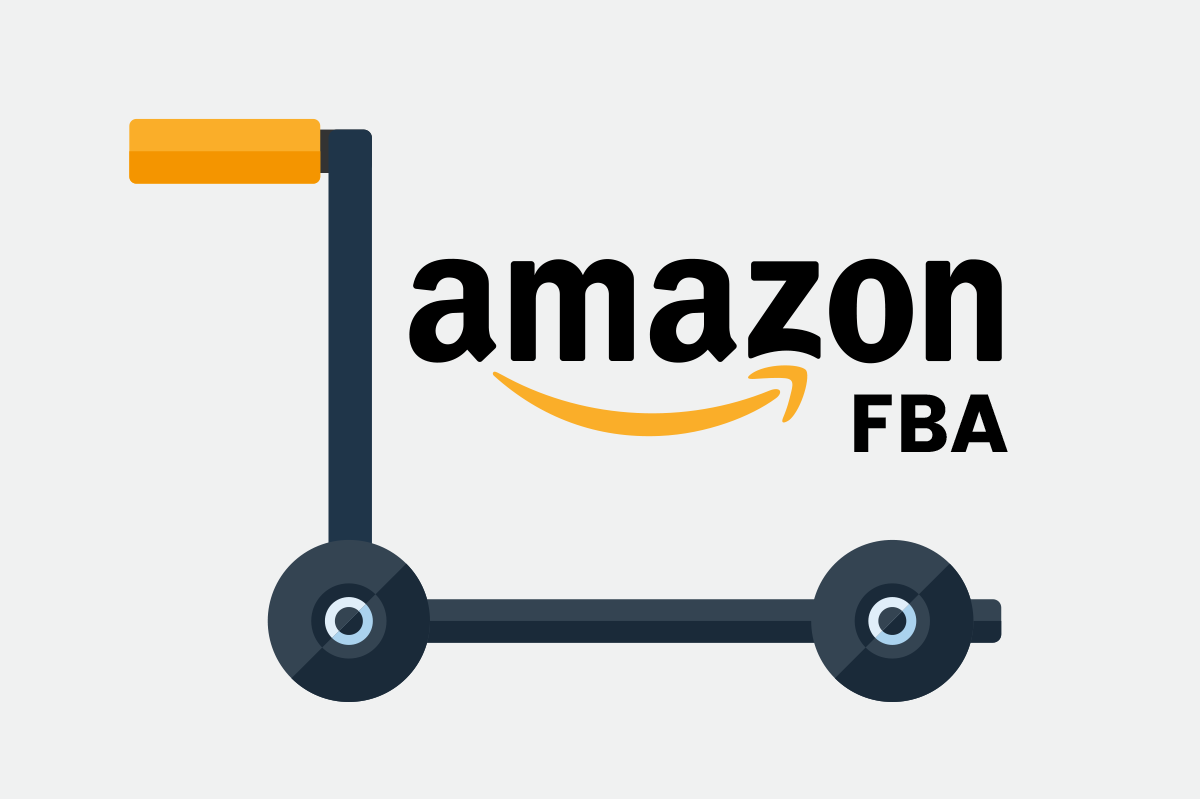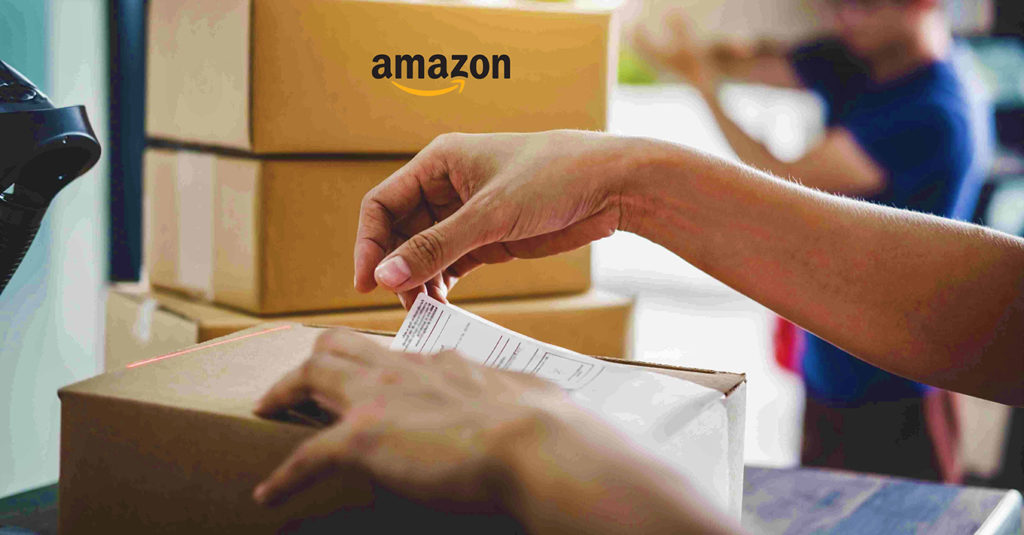Amazon FBA Fees Increased One After Another, Sellers Were Forced To Go Out To Seek A New Way
“Sellers should not rely solely on Amazon for online sales.”
Amazon has dramatically increased fulfillment fees over the last three years, attempting to pass on its increased costs to sellers.
An e-commerce analytics company called Marketplace Pulse claims that Amazon has hiked its fulfillment fees by more than 30% since 2020.
According to an announcement made by Amazon in August, the shipping fee for items carrying 1 lb would increase from $3.48 in 2020 to $5.06 between October 15 and January 14, 2023.
As a result, many retailers are looking for new sales channels. According to Capterra’s 2022 Amazon Seller Survey, 99% of respondents who solely sell on Amazon plan to investigate various sales channels in 2023. Among the platforms they intend to use are Google Shopping (55%), Facebook Marketplace (54%), Walmart Global eCommerce, and eBay.
Breakdown of Amazon’s Fee Increases in 2023
Amazon announced an increase in warehousing fees in November with the following details.
-The maximum monthly storage fee will increase by 0.2 cents per cubic foot for non-sortable items, large or oversized items.
-The non-peak season storage fee will increase by $0.03 to $0.04 per cubic foot.
-For sellers storing high cubic yards of inventory, used space in total available storage space will be expressed as a percentage, and a storage utilization surcharge will be applied for higher inventory volumes relative to their most recent weekly sales volume, effective April 1, 2023.
-Effective April 15, 2023, Amazon will impose an overage inventory surcharge for items stored for 180 to 270 days and increase the inventory surcharge for items held for 271 to 365 days, excluding the following categories: apparel, shoes, and boots, luggage, jewelry, and watches.
-The cost of removing or disposing items at an FBA fulfillment center nearly doubles.
Businesses are looking beyond Amazon for eCommerce services
-36% of FBA users say it’s significantly more difficult to succeed on Amazon now versus when they joined the marketplace.
-48% of FBA users say Amazon’s holiday peak fulfillment fee will make their business less profitable. FBA users earning $25,000 or less in average monthly revenue from Amazon are significantly more likely to say their profitability will be impacted than those earning more.
-Over half of FBA users with less than two years of experience selling on Amazon said the fee would make them less profitable, versus 41% of sellers with five or more years of experience.
-In response to the fee increase, 54% of FBA sellers have raised their product selling prices for the upcoming holiday season.
-Only 31 percent of FBA sellers sell goods on other e-commerce marketplaces simultaneously, but nearly all said they would consider other sales channels in 2023, such as Google Shopping, Facebook Marketplace, and Walmart Global Commerce.
Some FBA sellers are switching or adding FBM fulfillment methods to reduce costs. However, It can be challenging for FBM users to stay Prime-eligible all by themselves—many can only do so by paying for a third-party logistics service, which isn’t always more affordable than FBA.
Molly Burke, the senior retail analyst at Capterra, commented that Amazon’s passing on costs to sellers and consumers opens the door to sending customers to competitors such as Walmart. Other e-commerce marketplaces can provide the same convenient sales and shopping experience at a lower cost.
For many Amazon sellers, price increases are inevitable, and consultants such as Gartner recommend that merchants be transparent with consumers and explain the reasons for price increases. In addition, sellers should rely on more than Amazon for online sales.
Many platform sellers have sold their businesses to aggregators in the past few years. These large companies are less affected by fee increases than smaller businesses. But this year, aggregators are also struggling to raise funds for acquisitions.


